Kinhtedothi - On the afternoon of February 15, participating in the discussion at the hall about piloting a number of specific and special mechanisms and policies to develop the urban railway network system in Hanoi and Ho Chi Minh City, National Assembly delegates said that they should be applied immediately and not piloted.
Proposal to add shuttle buses between routes
Delegate Nguyen Van Canh (National Assembly Delegation of Binh Dinh Province) was interested in the content of connecting railway lines to improve the efficiency of each line and the whole system. The delegate raised the issue that in the planning of the entire line, there is a connection system, however, when only a few lines have been completed, some lines have not been 100% completed and have been put into use, how will the temporary connection be implemented?
Currently, the Cat Linh - Ha Dong and Nhon - Hanoi routes are not internally connected within the system, but through the bus system that stops at many stations between Cat Linh station and Cau Giay station, increasing the time and travel costs of people. Normally, to transport passengers within the system, they use shuttle buses, usually only traveling between 2 points, customers do not have to pay extra or be controlled when getting on and off this type of bus.
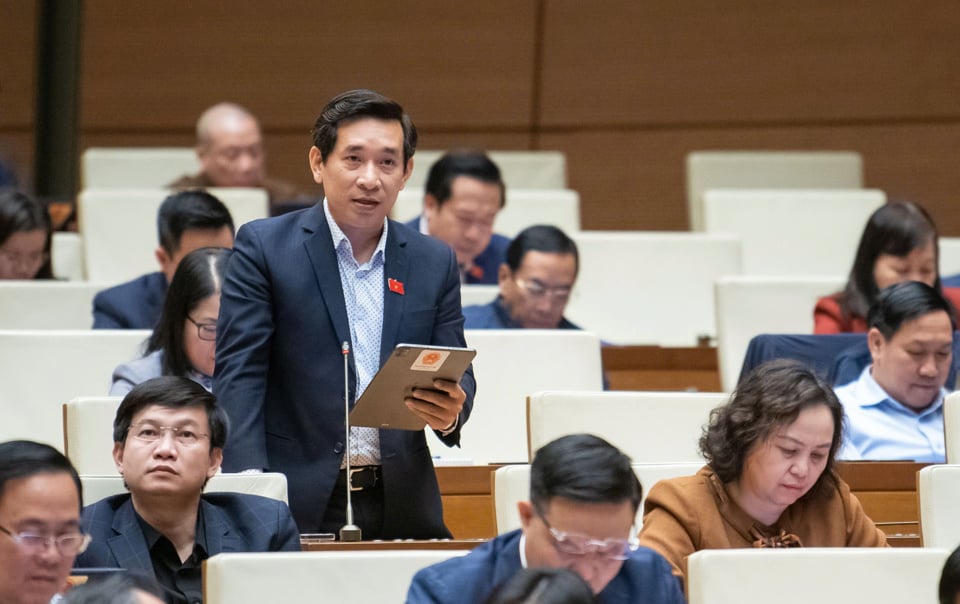
Delegate Nguyen Van Canh suggested that in the immediate future, it is necessary to add a number of shuttle buses to travel between Cau Giay station of the Nhon - Hanoi station line and Cat Linh station of the Cat Linh - Ha Dong line. When passengers get off the train, they can go straight to the bus without having to leave the station to catch the bus. The buses also do not stop to pick up or drop off passengers along the way as they do now.
"We may spend more money to maintain a few of these buses, but it will help improve the travel efficiency of the two metro lines in which we have invested tens of thousands of billions of dong," said delegate Nguyen Van Canh.
At the same time, the delegate also proposed to study the form of selling tickets for both lines. Customers who buy tickets once can go from any station of one line to any station of the other line. Thus, the two lines being connected will create convenience for people; the number of users will increase, improving the operational efficiency of the two metro lines above. At the same time, the following lines can also apply the same to improve operational efficiency when the entire metro line is not yet completed.
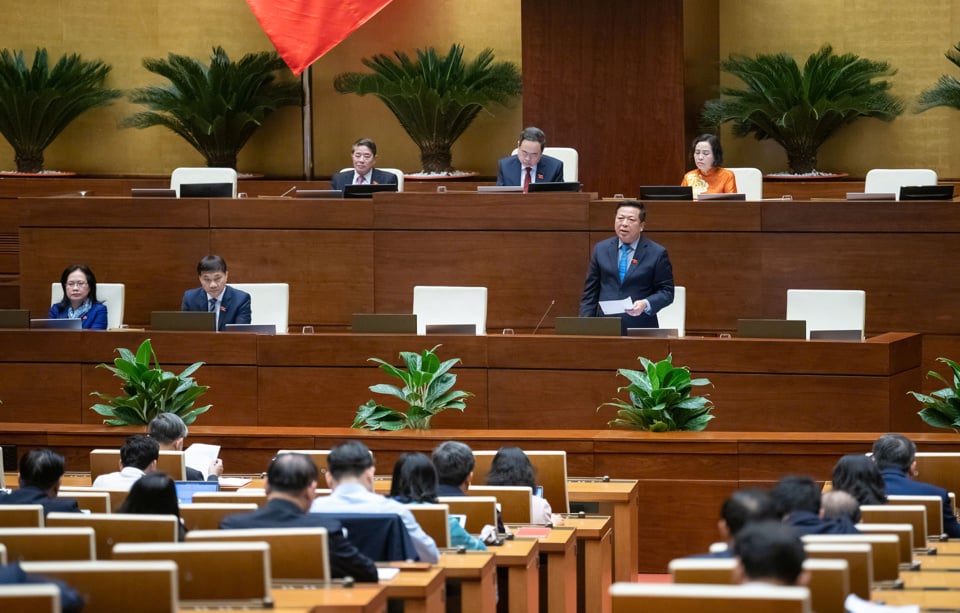
Delegate Hoang Van Cuong (National Assembly Delegation of Hanoi) emphasized that the current development of the urban railway network in Hanoi and Ho Chi Minh City is development in the context of existing urban conditions, so this railway network must be accompanied by urban beautification. Most of the underground stations that are developed in the inner city area, not in the so-called conservation area, each underground station must simultaneously be a TOD urban point to both solve the problem of passenger transport needs for the efficiency of the railway line, contribute to the renovation and urban beautification, and at the same time create capital resources for this railway.
Clarifying the level of support from the central budget
Speaking at the discussion, delegate Nguyen Truong Giang (National Assembly Delegation of Dak Nong Province) expressed his concern about the issue of capital mobilization. In Article 4, the Draft Law stipulates that in the process of investment preparation and implementation of investment projects, the Prime Minister decides to balance and arrange the annual medium-term public investment capital plan, the additional central budget capital with targets for local budgets and a maximum of about 215,000 billion VND for Hanoi, 209,000 billion VND for Ho Chi Minh City and in the two periods of 2026-2030 and 2031-2035 to serve as a basis for investment decisions and investment implementation of projects in the list attached to this Resolution.
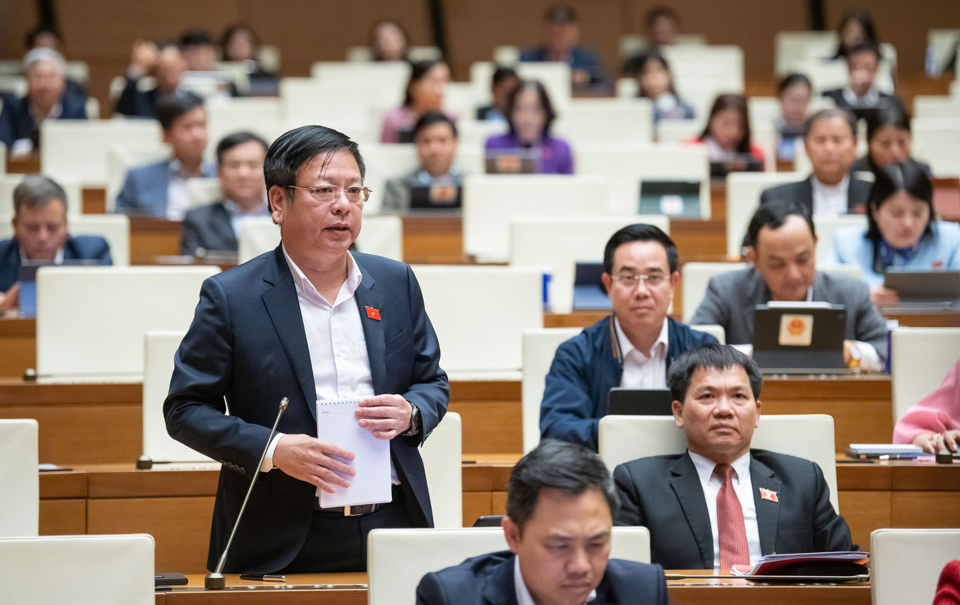
Delegate Nguyen Truong Giang said that the central budget supporting localities to implement investment decisions and investment preparation decisions is completely appropriate, and also consistent with one of the principles in the Law on Public Investment. However, according to the delegate, the Draft Resolution raises the issue of only committing to allocate not exceeding the maximum but in 2 phases, which is not very meaningful because not exceeding the maximum of 219,000 billion, then even if 1 billion is allocated, it will not exceed 219,000 billion.
The most important thing is that the Central Government must commit to each phase. In the 2026-2030 phase, the Central Government commits to a minimum amount of support and in the next phase, a minimum amount must also be provided for the two cities. On that basis, it is possible to determine the capital sources from the Central Government and the local budget before deciding on investment. Therefore, the delegate suggested that it is necessary to clarify, especially the lower framework, how much is the minimum amount of central budget support in each phase?
Regarding the issue of the resolution's validity and whether to pilot it or not, delegate Truong Giang stated: Our resolution defines a pilot, but the pilot period is until 2045 - that is, when it is completed, and for the list, the expected completion time is 2045. The delegate suggested defining the validity, then we define it until 2045.
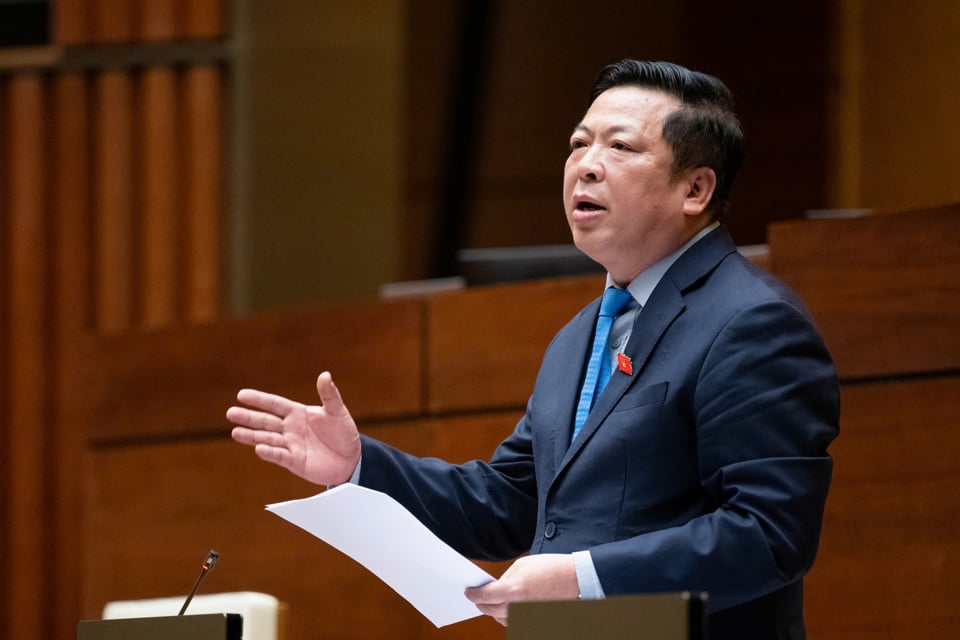
Considering that the "pilot" period of 20 years is too long, the delegate suggested that it should not be a pilot but should be applied immediately because these are specific mechanisms and policies to develop the network of the two routes in the two cities. During the implementation process, if there are any issues that need to be adjusted, the Government can submit them to the National Assembly to adjust the policies appropriately to speed up the progress and effectiveness of these two railway projects.
Speaking to clarify some issues of concern to National Assembly delegates, Minister of Transport Tran Hong Minh said that currently Ho Chi Minh City has one deployed line and Hanoi has two urban railway lines, but we do not care about TOD. That is, at these station locations, land funds and issues of stability for people's lives and environmental landscape are not being taken into consideration.
Drawing timely lessons from the past period, we must introduce the TOD model development plan to create land funds above and below as the Hanoi delegate just commented to increase the surplus land here, and renovate the urban area accordingly. That is why in the proposal of the Hanoi and Ho Chi Minh City projects, the TOD model is included to implement the project.
Source: https://kinhtedothi.vn/dbqh-can-ap-dung-ngay-co-che-chinh-sach-dac-thu-phat-trien-duong-sat-do-thi.html


![[Photo] Third meeting of the Organizing Subcommittee serving the 14th National Party Congress](https://vstatic.vietnam.vn/vietnam/resource/IMAGE/2025/4/2/3f342a185e714df58aad8c0fc08e4af2)

![[Photo] Relatives of victims of the earthquake in Myanmar were moved and grateful to the rescue team of the Vietnamese Ministry of National Defense.](https://vstatic.vietnam.vn/vietnam/resource/IMAGE/2025/4/2/aa6a37e9b59543dfb0ddc7f44162a7a7)



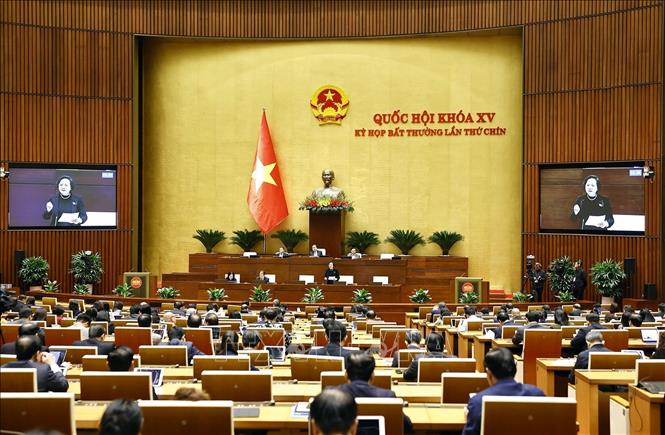

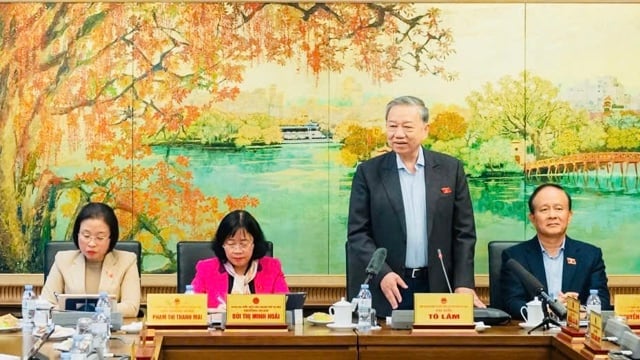
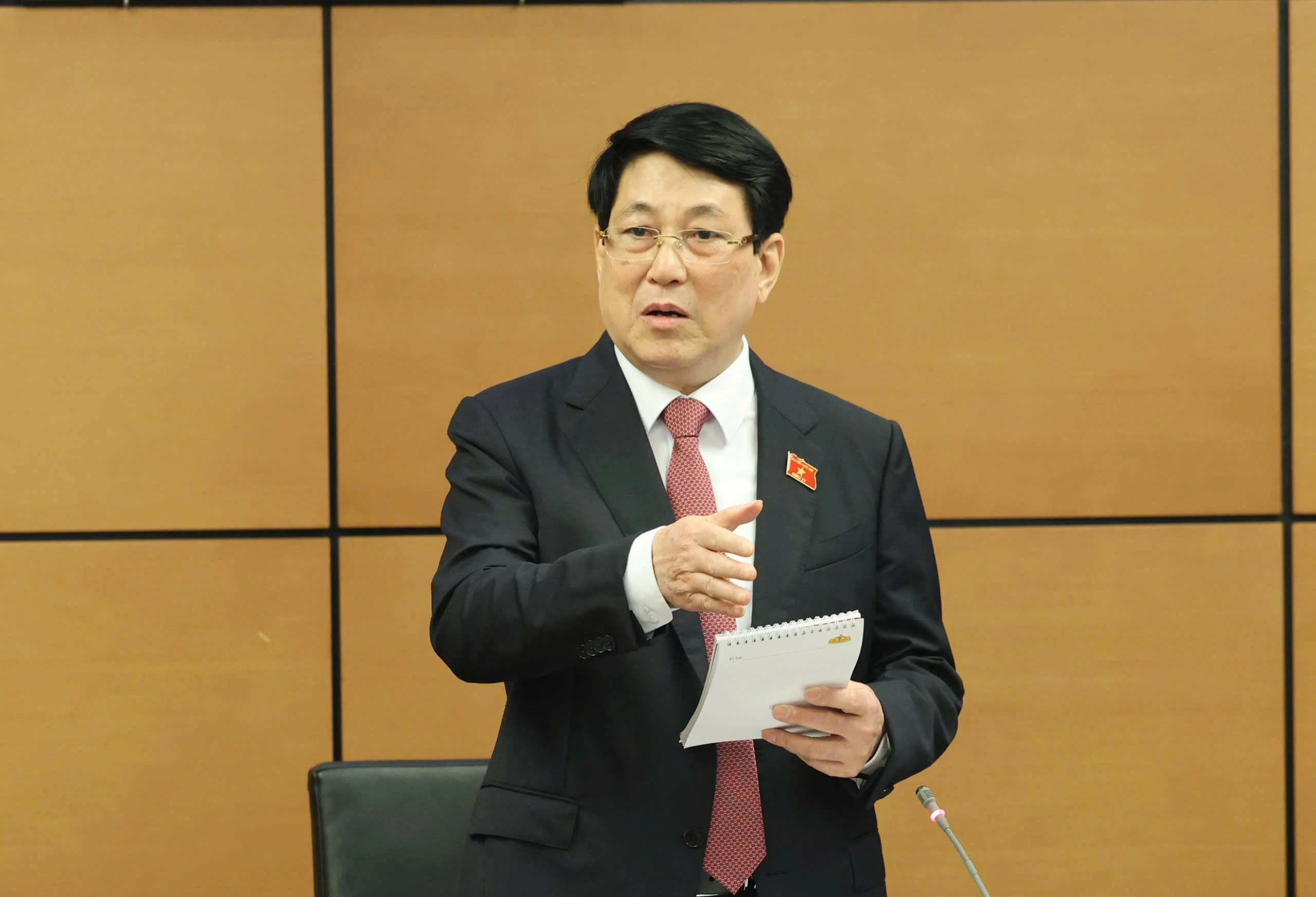

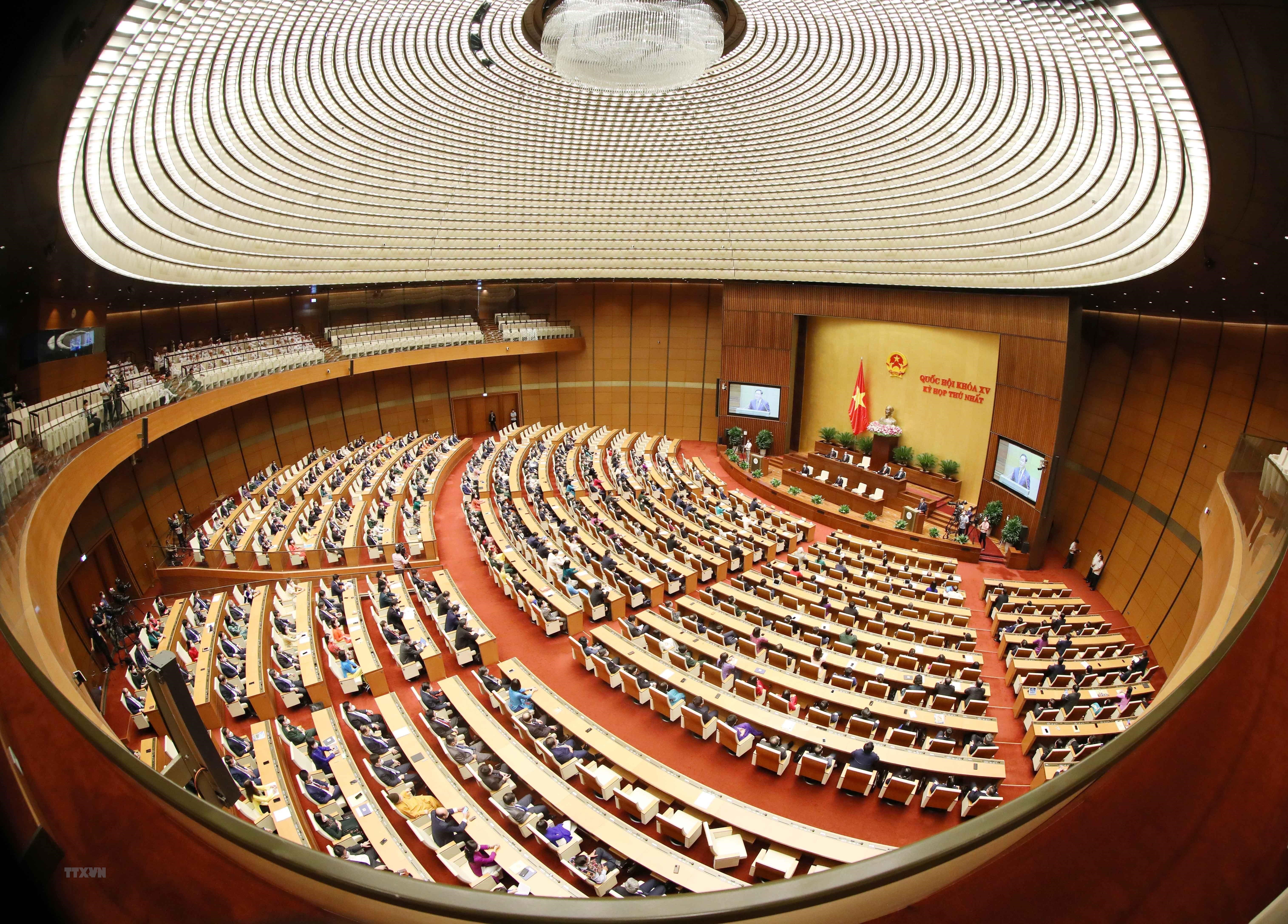
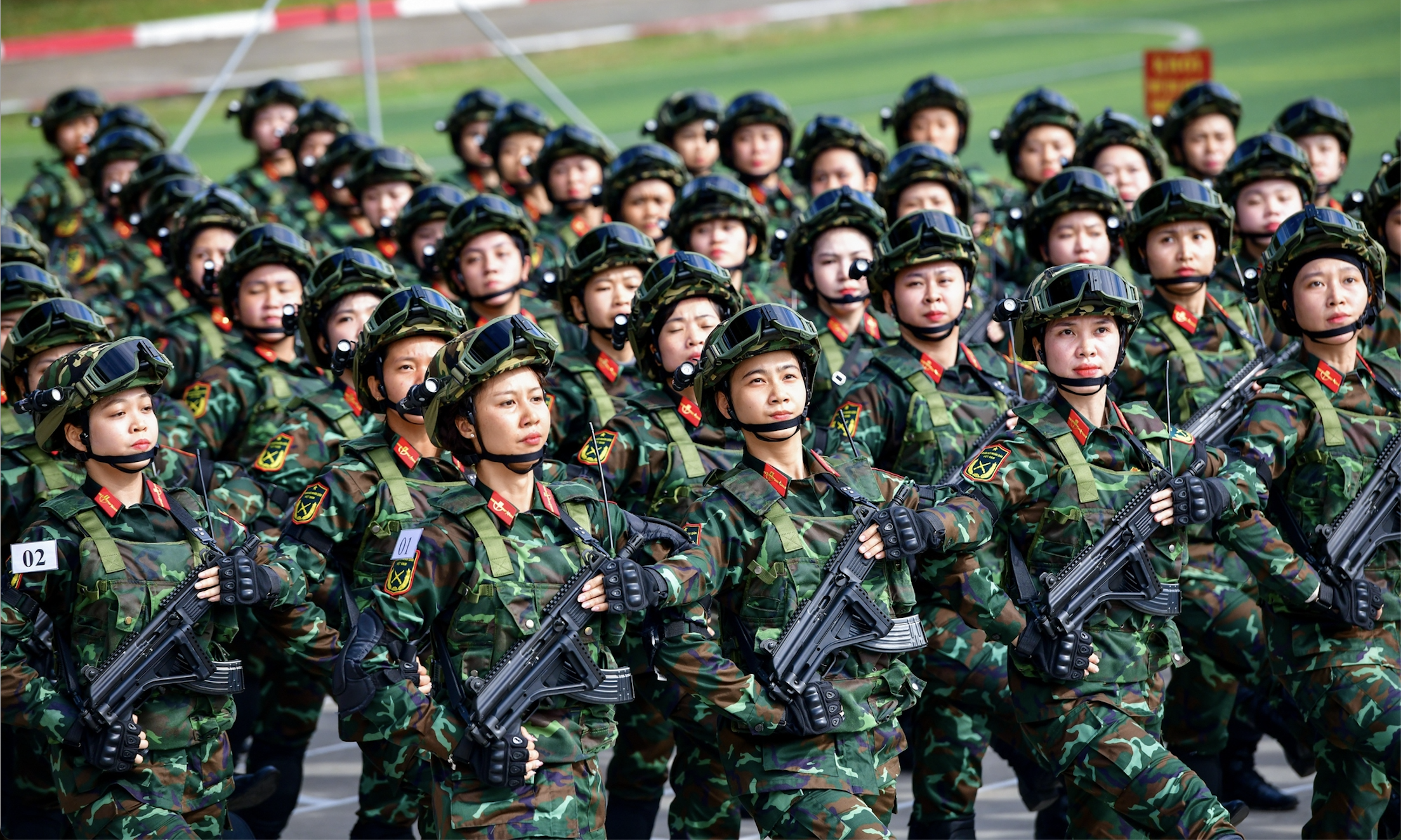


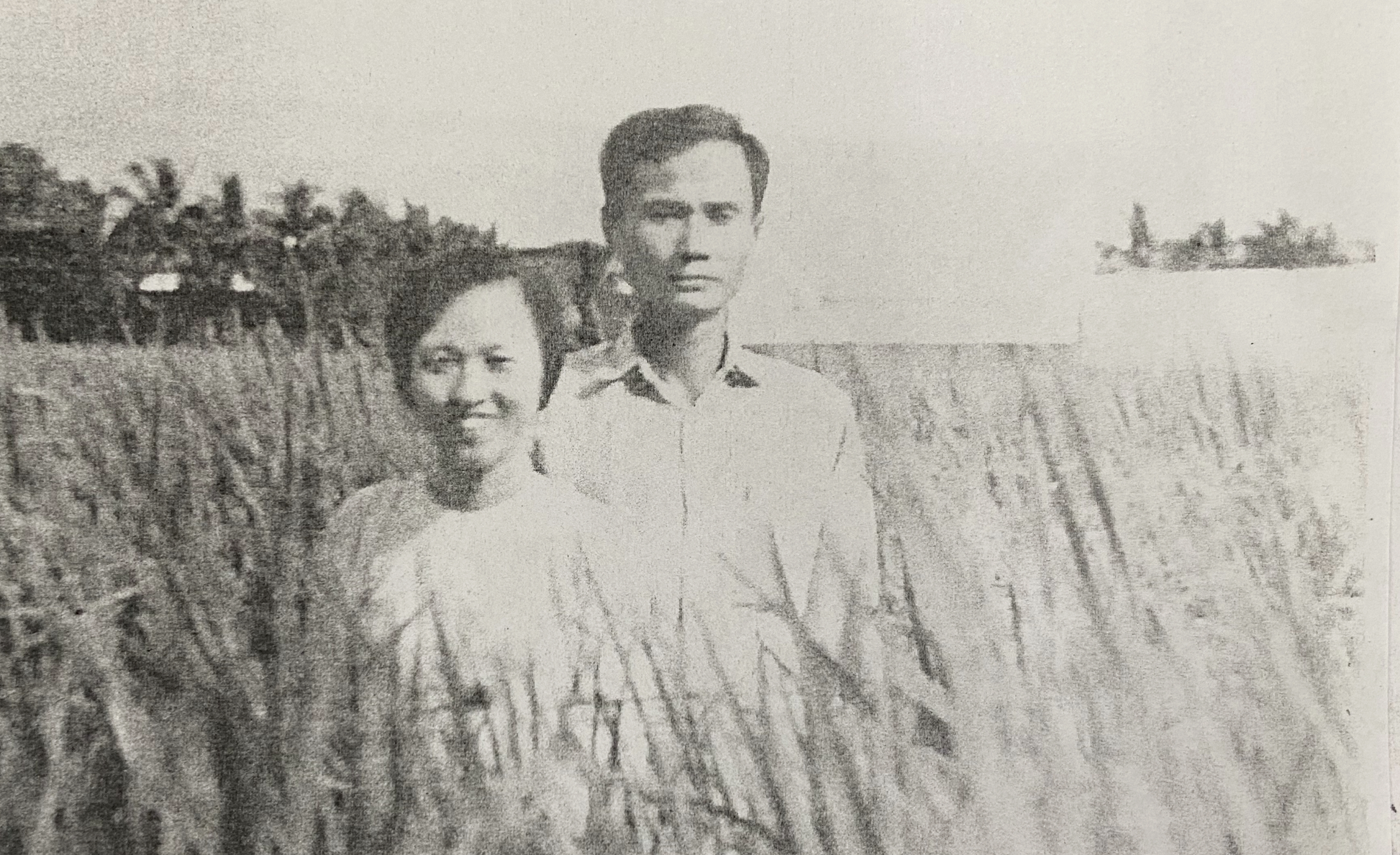
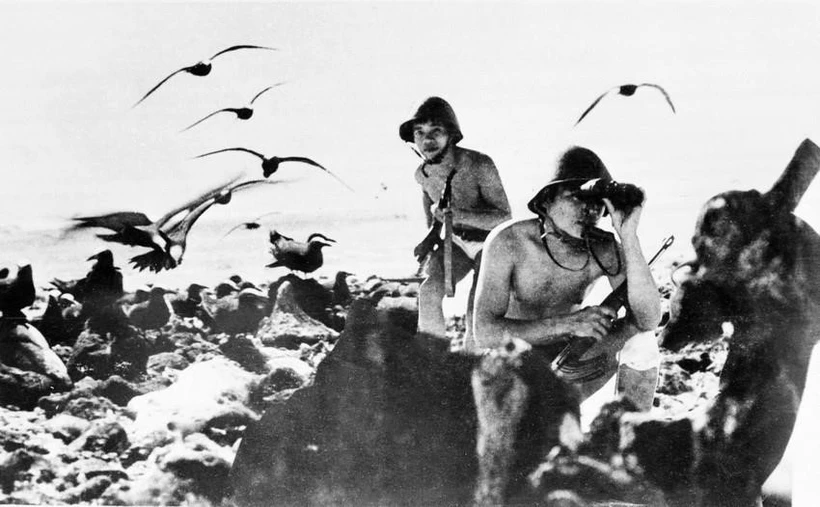






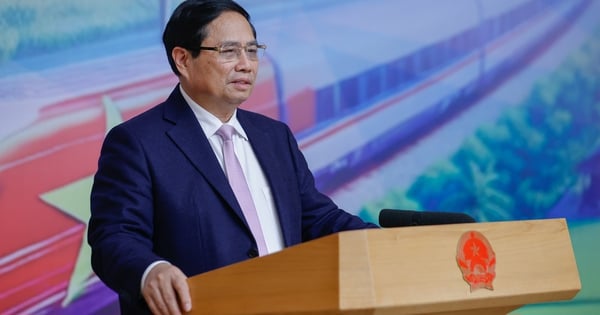
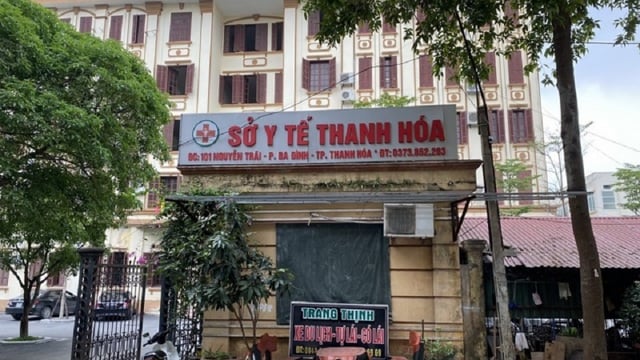
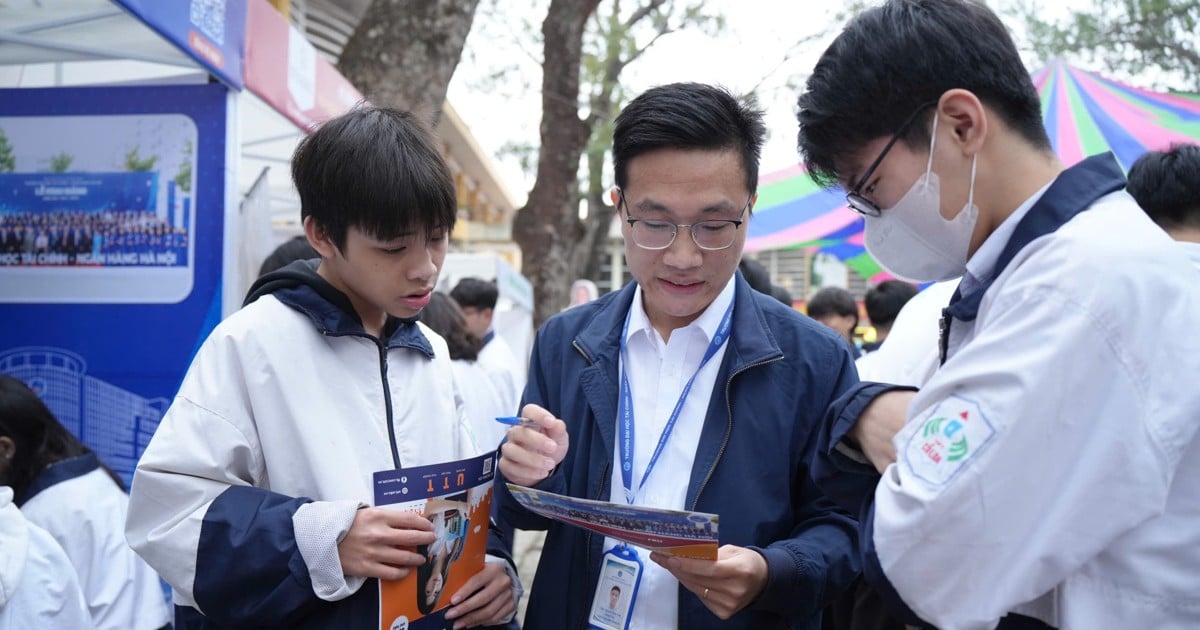
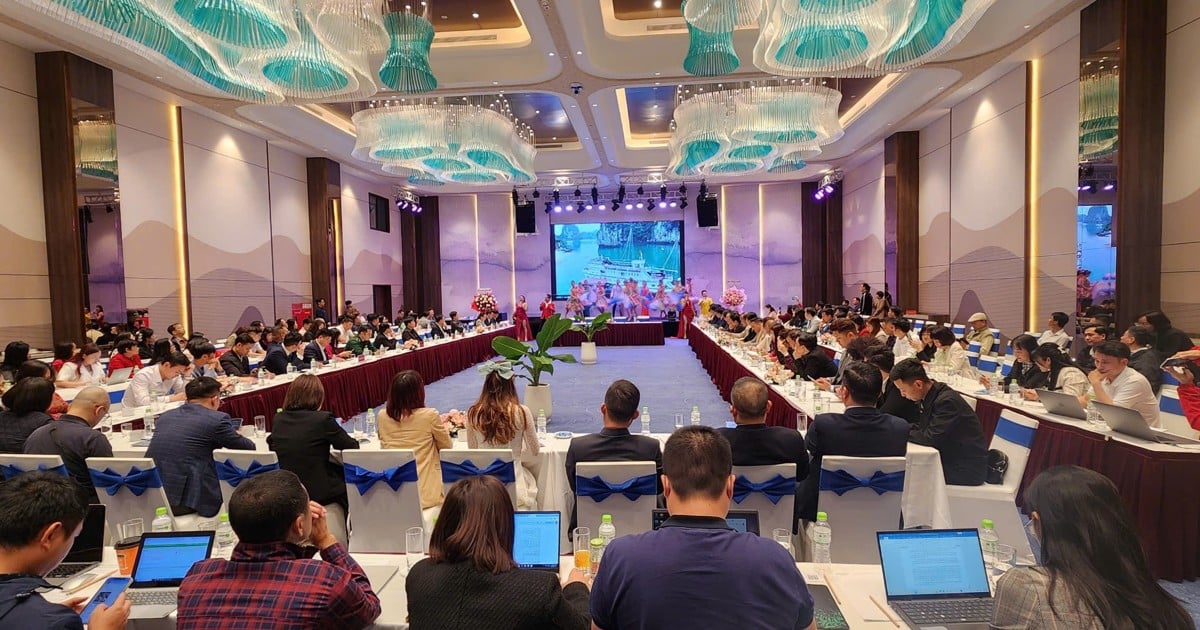













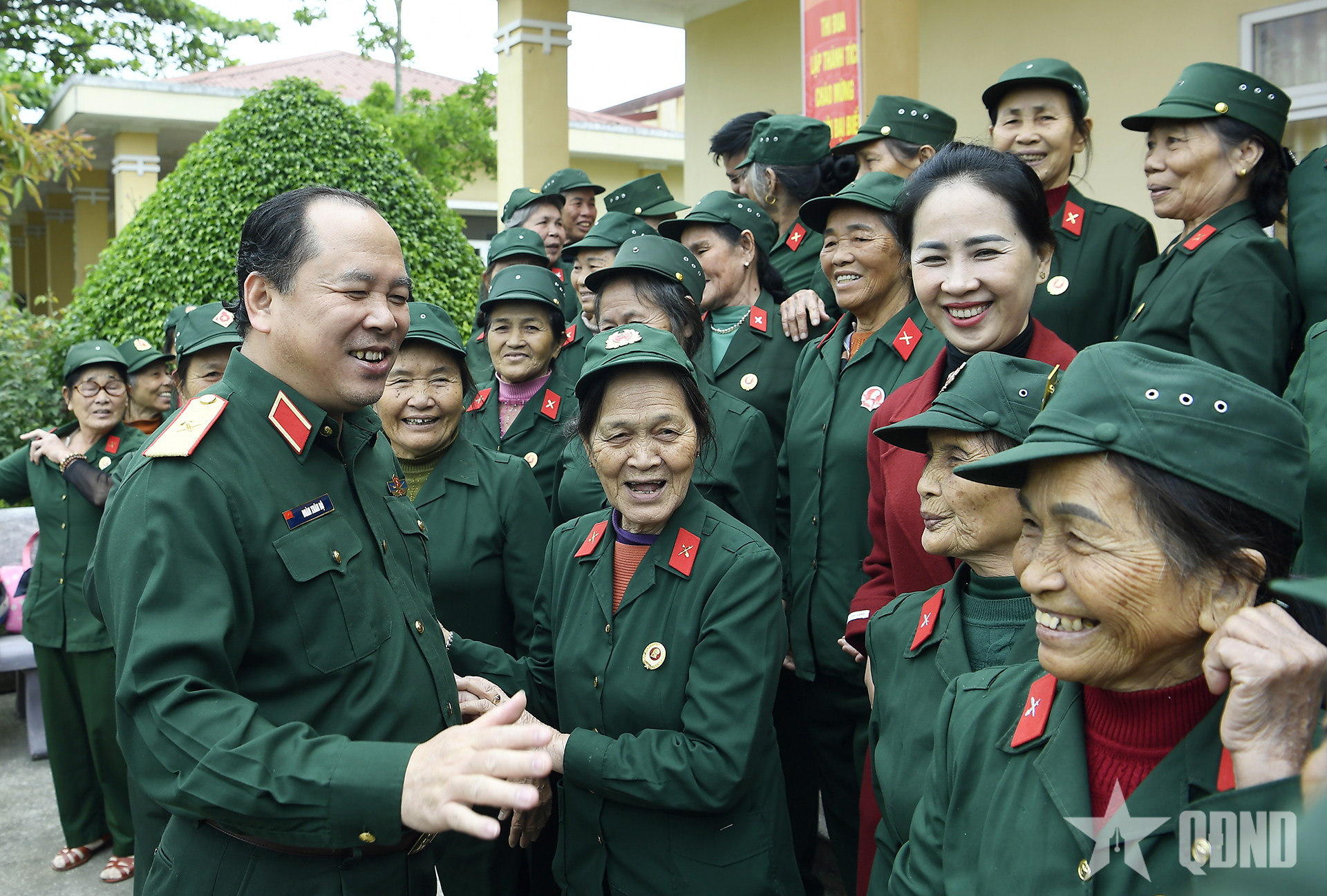

















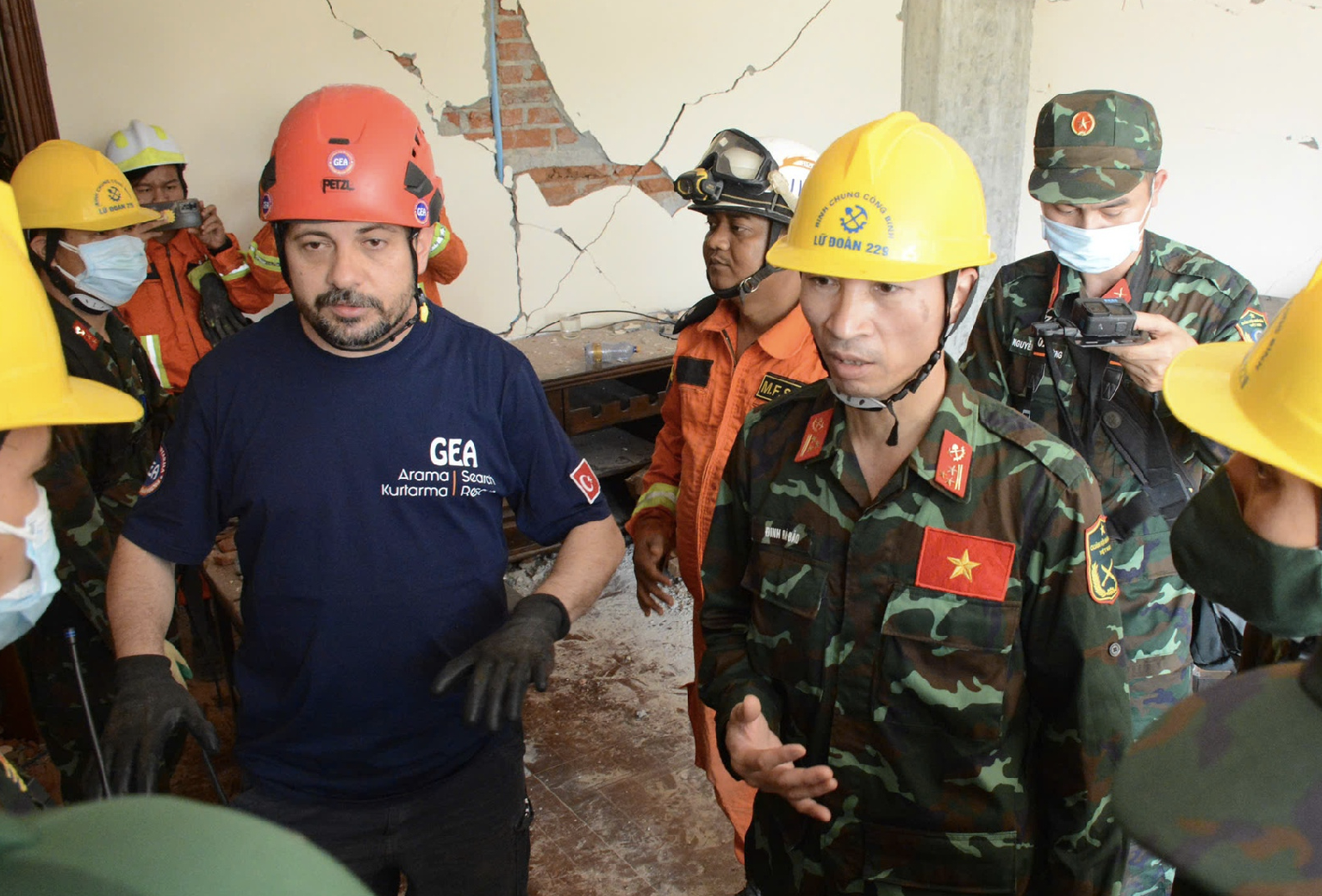





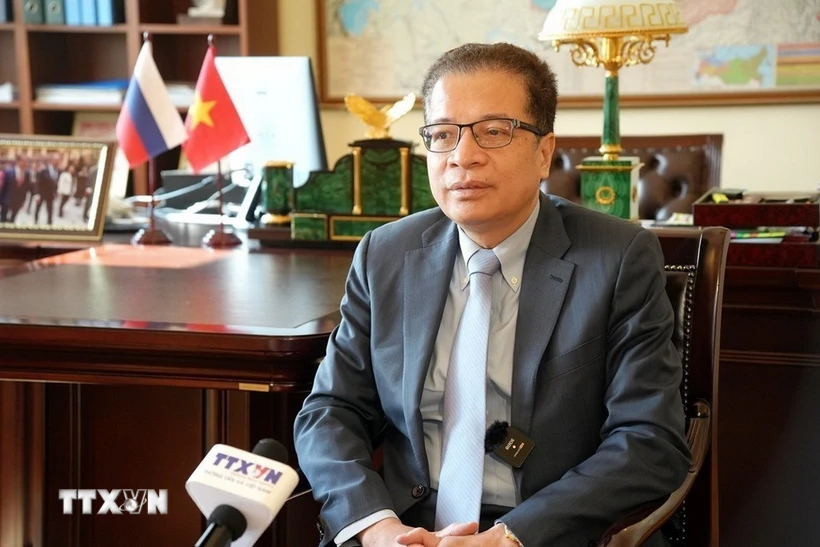
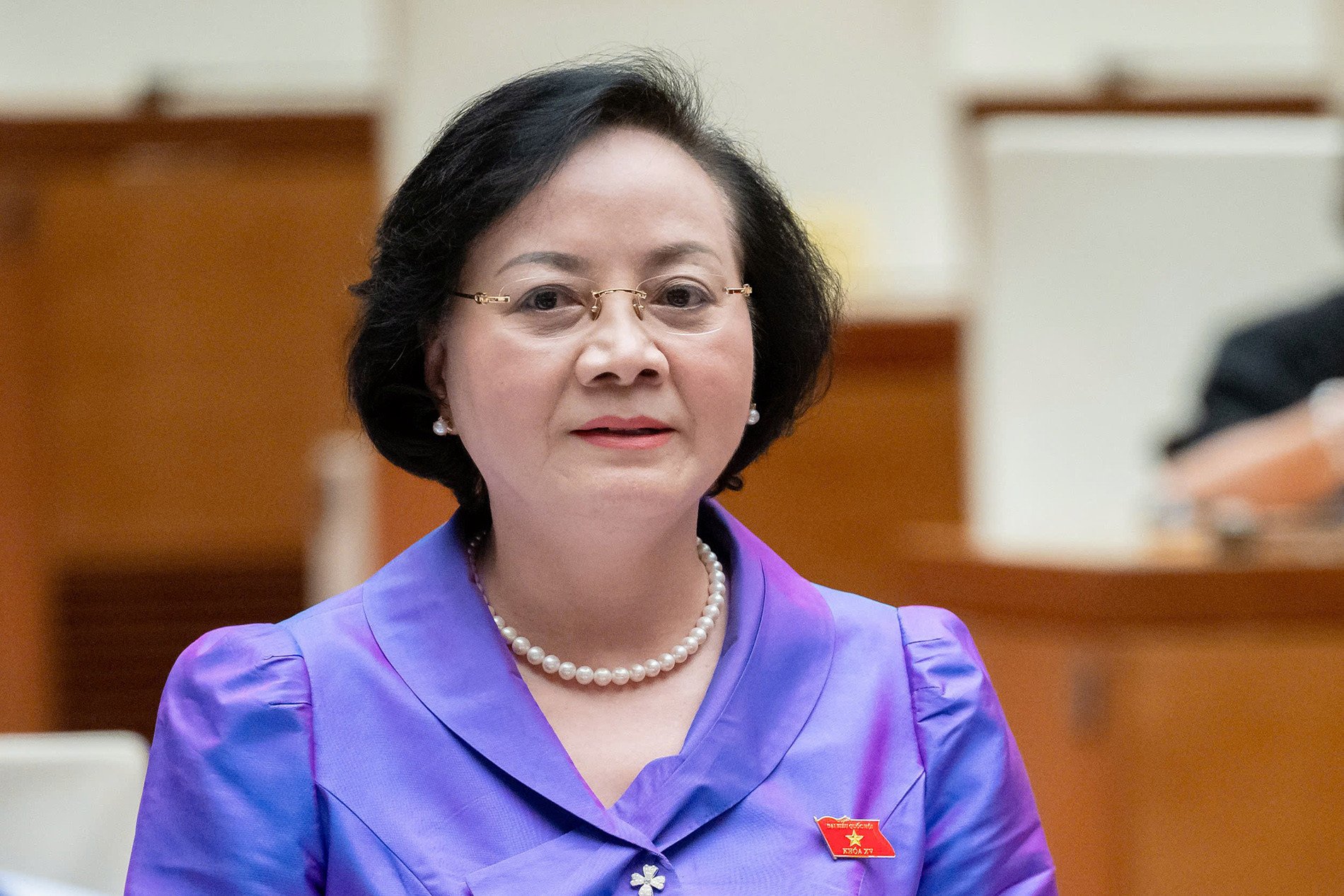
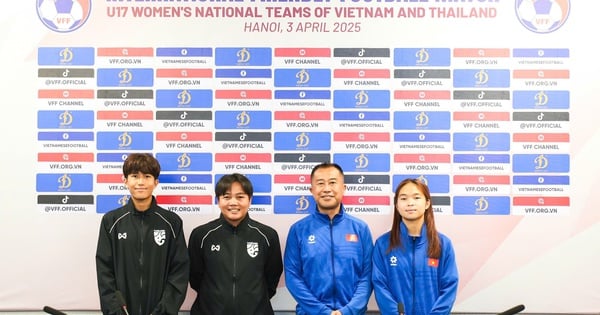

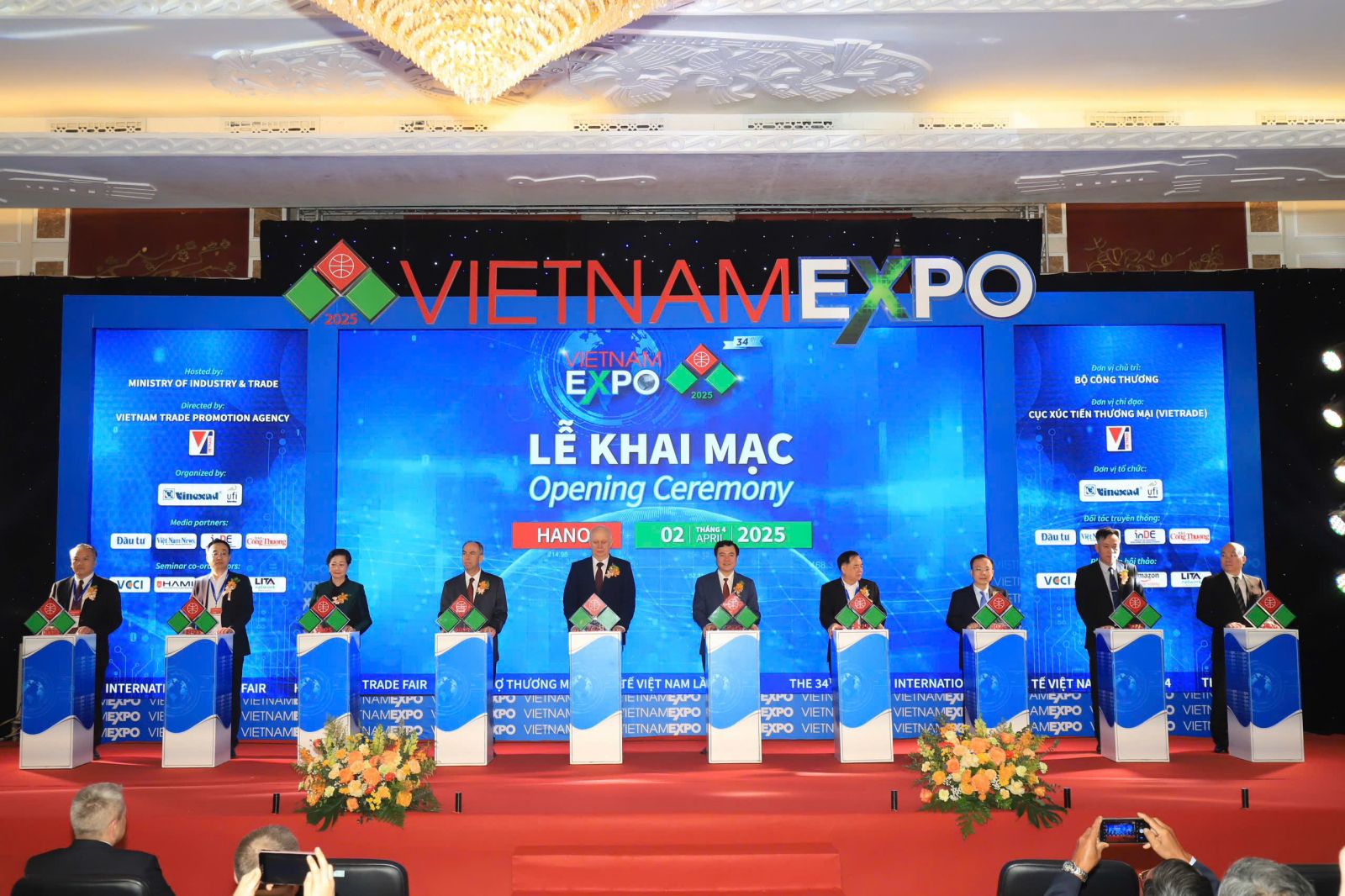

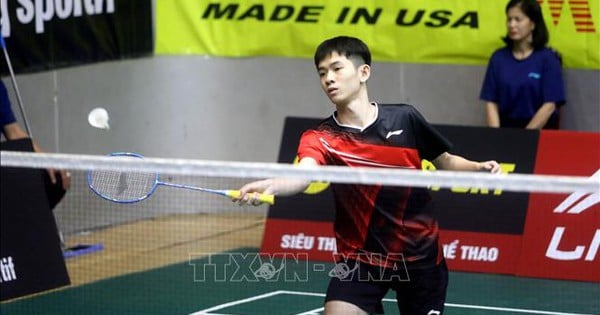

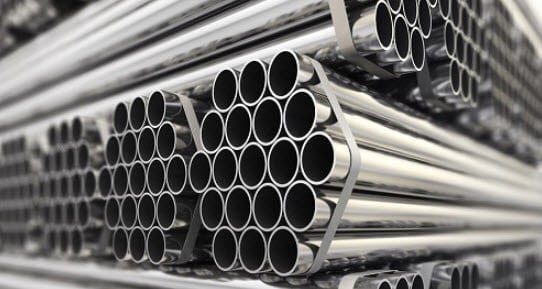

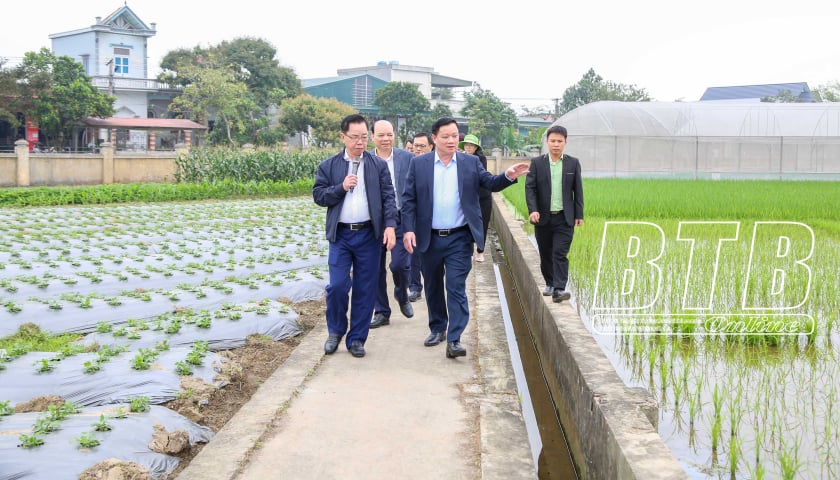

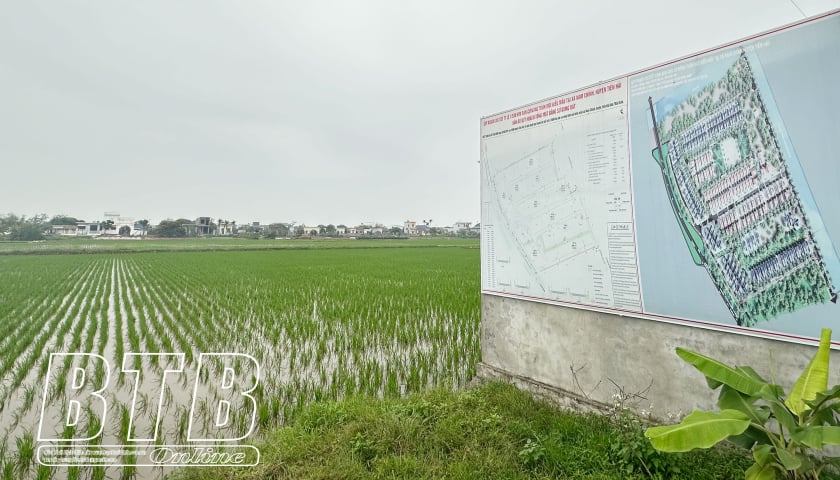
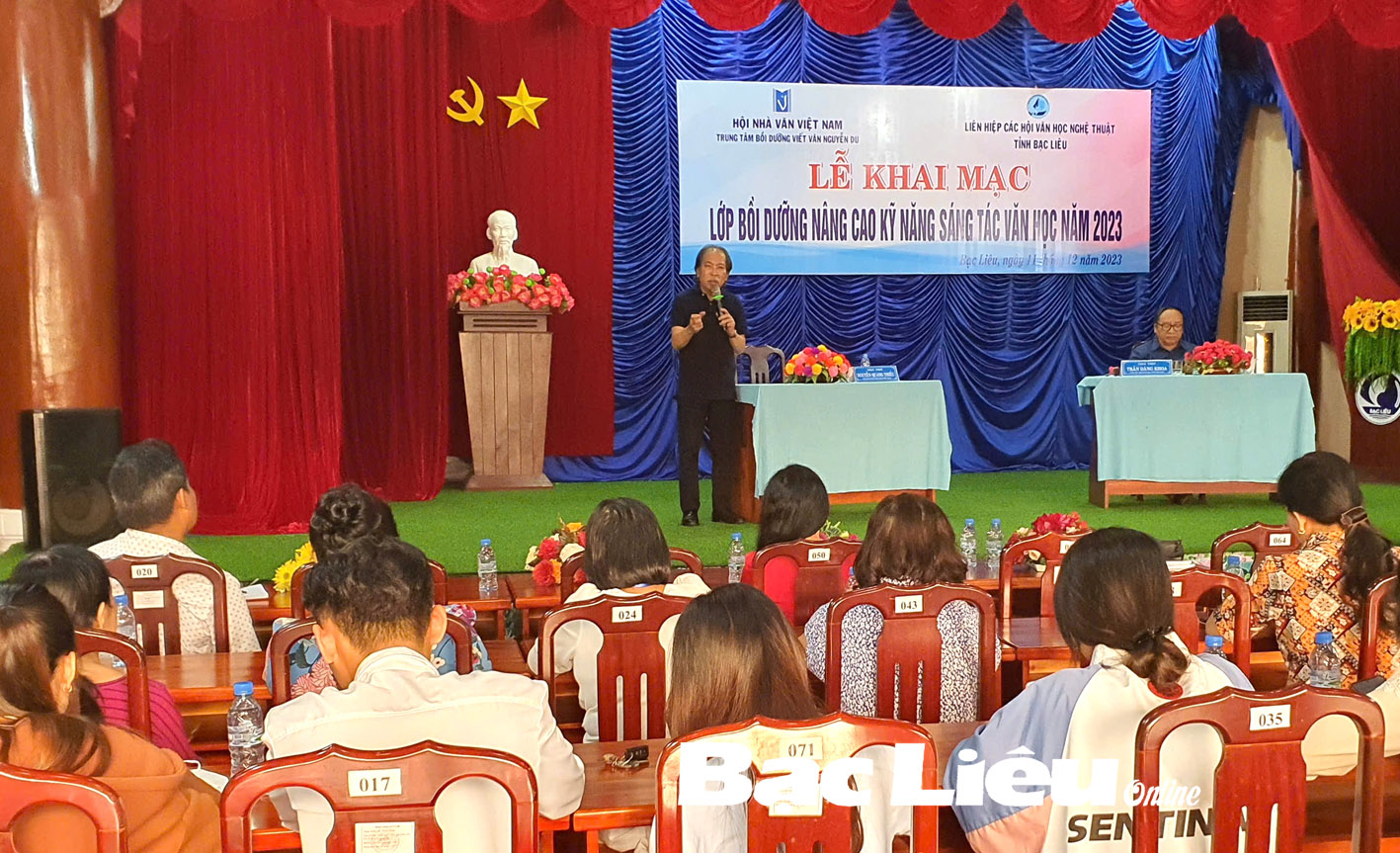

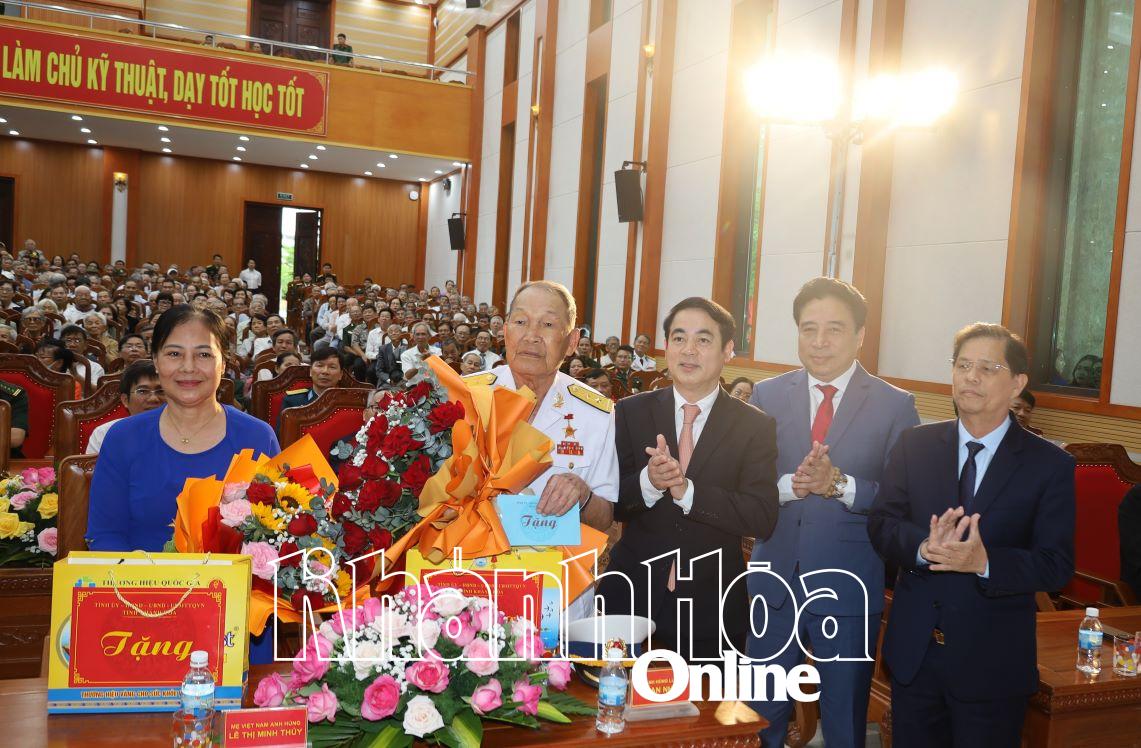
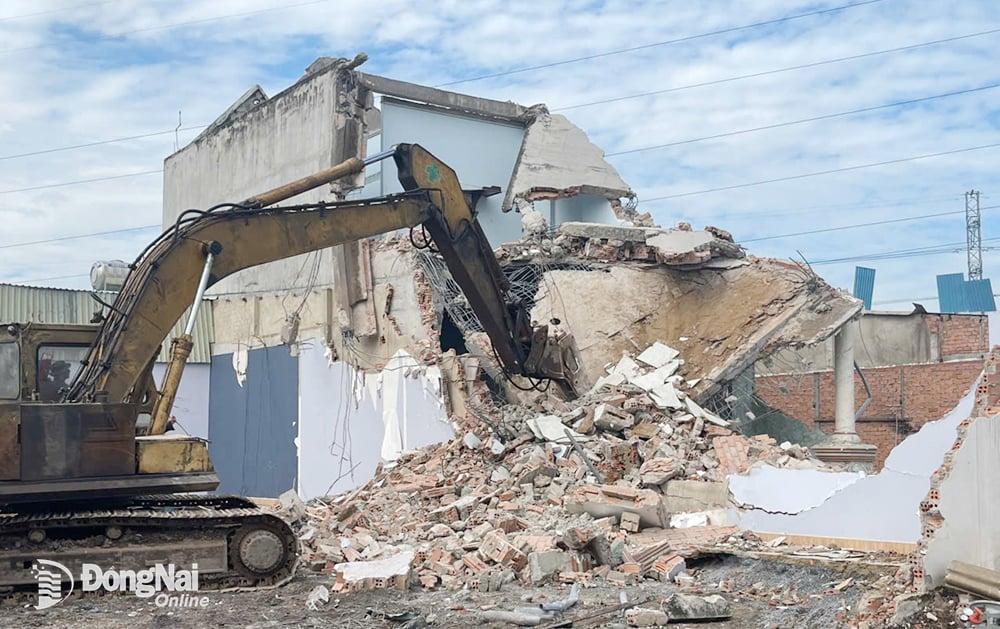













Comment (0)